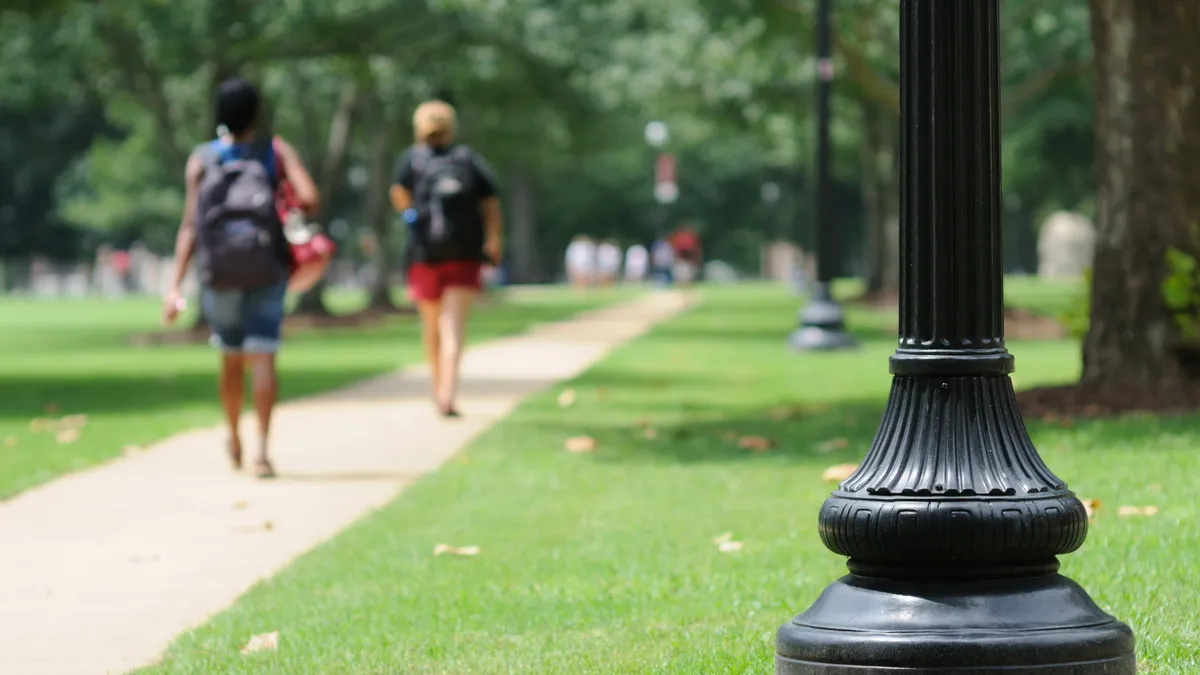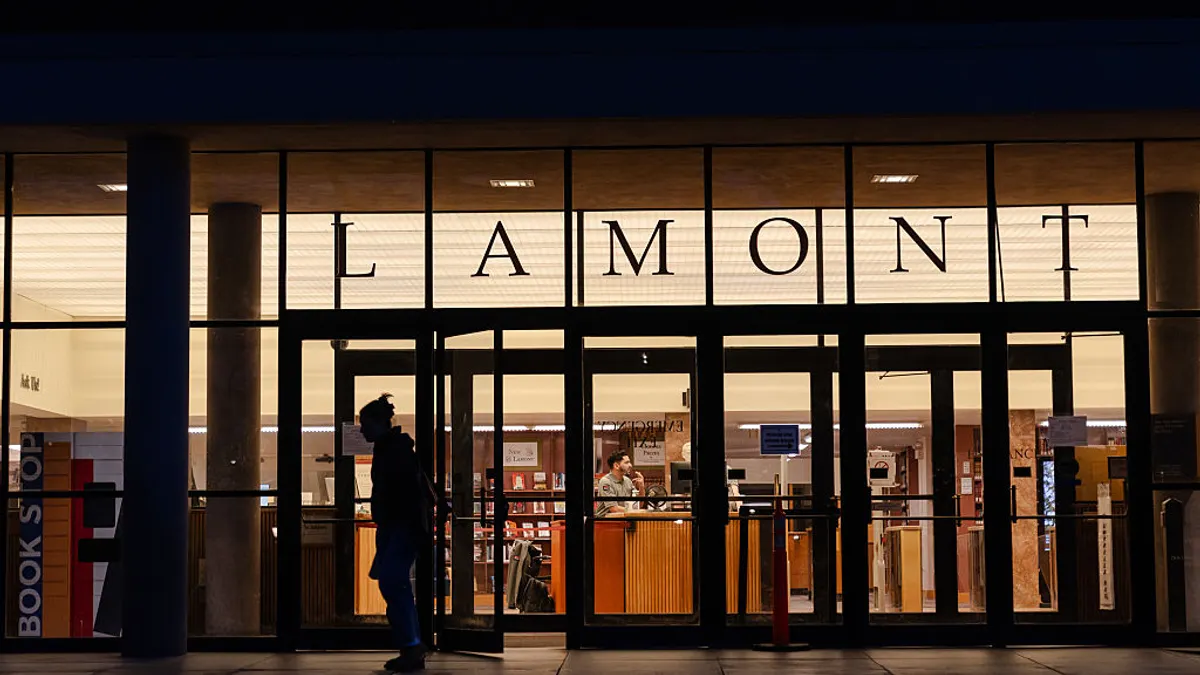The trickle has become a flood. Many colleges that initially intended to reopen their campuses have, in recent weeks, accepted the reality of a largely virtual fall.
Some administrators are still holding out hope for a more traditional academic year, crafting intricate strategies to halt the spread of the coronavirus, even as verified case numbers soar nationwide, including thousands linked to college campuses. Often absent from institutions’ plans, however, are the exact conditions under which campuses would have to close like they did in the spring.
Experts who consult with colleges and study campus reopening proposals say officials face an unenviable balancing act.
Tracking the factors that will determine if a campus can operate, such as testing for the virus, will prove complex. So colleges may try to avoid boxing themselves in by creating hard benchmarks that dictate when they must shut down. But they’re also answerable to families, who want to know the circumstances under which schools will send students away.
Few colleges have established these triggers. But more concrete campus closure scenarios are likely coming in the next few weeks.
"Colleges and universities follow each other’s lead," said Sam Owusu, a student and research analyst at Davidson College’s College Crisis Initiative (C2i), which studies institutional responses to the pandemic. "We’ll see more of this."
Few precise plans
The vast majority of colleges sticking with in-person or hybrid instruction this fall have put forth relatively vague answers for when they’ll shutter campuses. Duke University said recently it would "continuously monitor a range of indicators" this fall including local and national infection rates and hospital capacity. The university wouldn’t immediately kick students off campus but rather move to "shelter in place" first should conditions deteriorate. But those conditions are undefined, at least publicly.
Owusu said the University of Texas at Austin was the first to catch attention for publicly outlining the scenarios that could prompt a closure. On the list: a student death. It does not mention faculty or staff fatalities. Other considerations are far more obtuse, such as "employee absenteeism" (leading to a question of how many instructors would need to become ill) or a two-week rise in documented cases (raising the question of when the university would start to measure them).
At least two institutions have gone further than UT Austin, pinpointing the exact number of confirmed cases that would force a shutdown.
Liberty University, the evangelical school in Virginia, laid out possibilities in its reopening plan, which the state’s higher ed governing body recently certified. If more than 5% of students and employees present symptoms of the virus or test positive for it over a two-week period, then the university would shift to remote work and virtual instruction.
Students would be dismissed from campus should local healthcare facilities be overwhelmed by the virus, and more than 15% of the university’s population contracted it, or appeared to. A government order could also shut down the campus, the plan notes.
Liberty, whose president, Jerry Falwell Jr., is a close ally of President Donald Trump, has already been accused of not taking the virus seriously. Liberty officials eschewed national trends and invited students back to campus following spring break. And it won’t order students to get tested for the virus before arriving in the fall, a typical protective measure, but rather will have them complete an electronic health questionnaire, as well as similar screenings daily. Another common defense against the virus, face coverings, are "encouraged" but not required everywhere on campus, the plan states.
A university spokesperson did not answer questions emailed Wednesday, instead referring Education Dive to a Liberty university webpage that contains the plan.
Syracuse University, a private institution in New York, provided similar depth in its reopening blueprint. Its framework includes five "levels" of operation that lead up to a complete campus closure. If the university found more than 100 coronavirus cases and officials felt they couldn’t adequately contain the outbreak, the campus would come to a "pause." Classes would move online and students would shelter in place and be pushed to leave campus. Syracuse didn’t respond to a request for comment Wednesday.
Following the rules
Most colleges can test for the virus and monitor other factors that would inform them about whether to close campus, said Alex Bloom, director of research at consulting firm EAB. But figuring out how those variables "work together" is more challenging, he said. For instance, local hospitals might be near capacity while case numbers are going down on an individual campus.
Colleges will inevitably be criticized if they publish any sort of clear measure, Bloom added, noting that the coronavirus is a hot-button topic and high-ranking administrators will ultimately disagree on those benchmarks.
"Because it’s so polarized, you can see why nimble decision-making … could be preferable to identifying a clear threshold," Bloom said.
Still, Bloom understands why students and parents demand more transparency, especially considering that recent attempts to return students to campus "haven’t gone particularly well," he said. He pointed to a recent outbreak affecting more than 100 students at the University of Washington.
"If you’re very confident in your response, you can see it being reasonable to publish the protocols, but if you have clear protocols and you put those out there, you have to follow them," Bloom said.

















